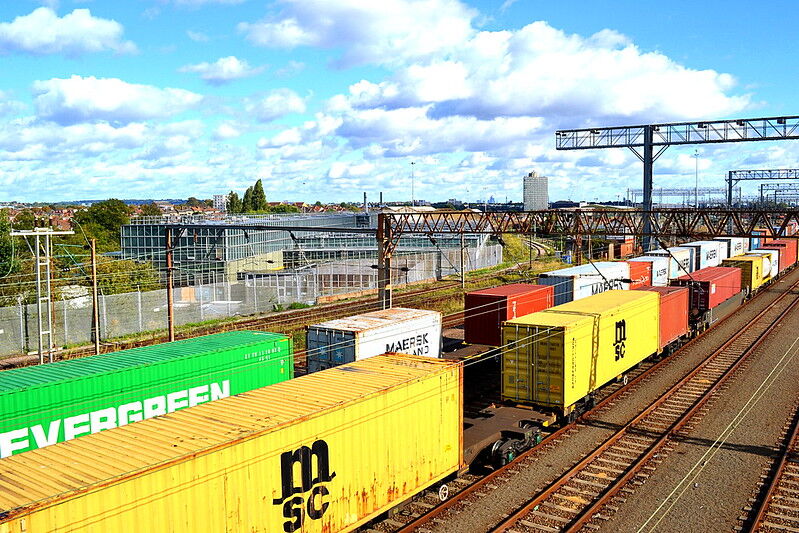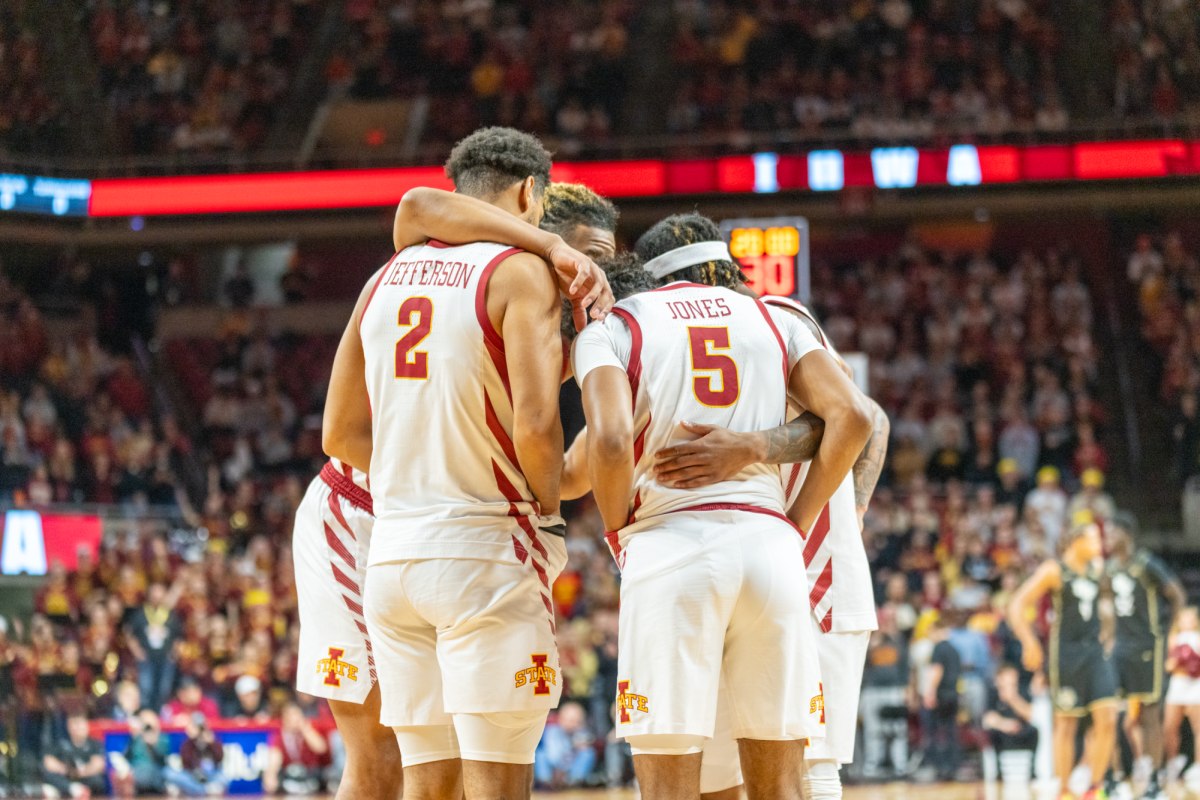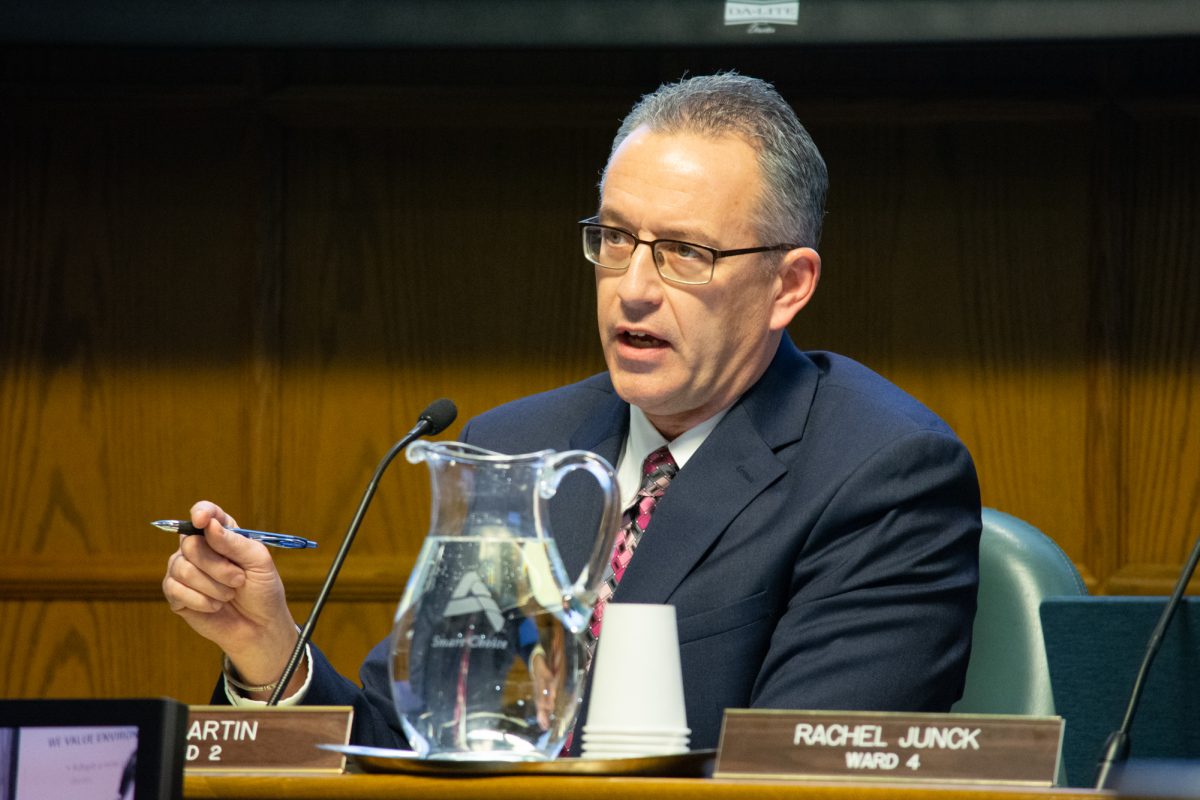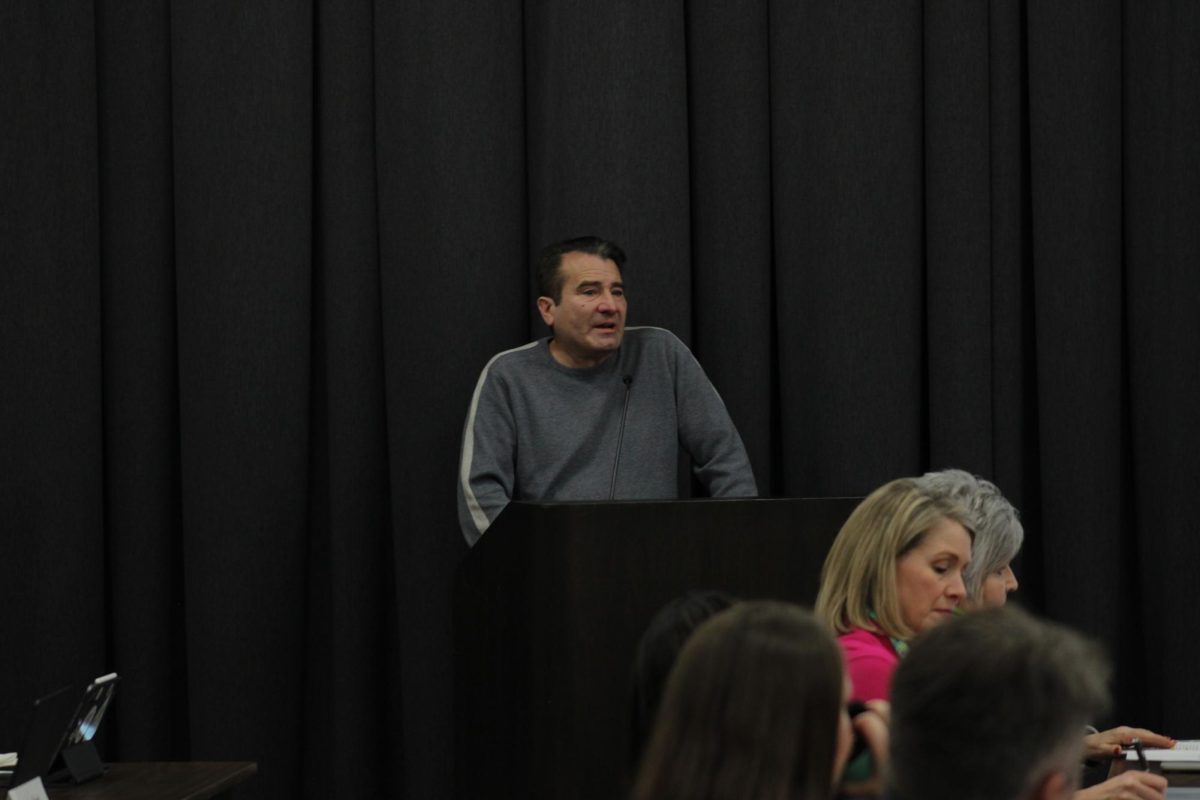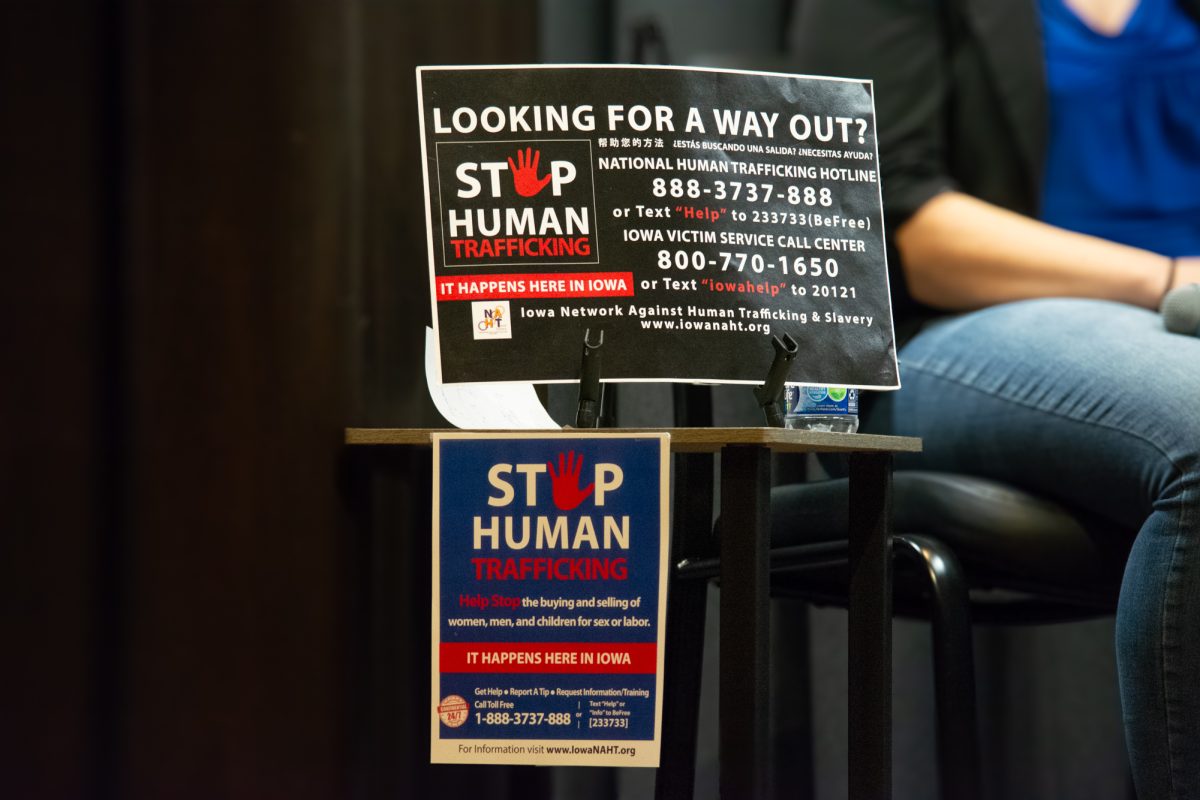Editorial: The Ever Given and the world supply chain
The ISD Editorial Board examines how the recent Ever Given issue in the Suez Canal represents a larger problem in the world supply chain.
April 3, 2021
Take a drive down Interstate 35 or across Iowa on Interstate 80 after a big snow storm, and you’re guaranteed to see a number of semi trucks in the snow-filled median or ditches. Your first reaction might be to assume it was a horrible storm with massive winds capable of blowing such large trucks off the road, but you would be wrong. Even the smallest winter storms pose a massive headache for trucking companies.
Really, the smallest inconvenience can pose massive problems for the world supply chain. Take, for example, the Ever Given, the ship that encountered a dust storm and managed to completely block the Suez Canal and subsequently all of the ship traffic between the Mediterranean and Arabian Seas.
How could one possibly characterize such an event as a small inconvenience? Well, think how easy it would be for it to happen again. The boat didn’t sink; it didn’t even take on water. It steered into a bank and lodged itself in the sediment and, being a normal-sized container ship, it was big enough to block the whole canal.
Obviously, a blockage in the Suez Canal for a week presented a major challenge for the shipping industry as well as all of the industries that rely on shipping to move their products around the globe. Sadly though, this is just another example in a long list of possibilities that threaten to completely derail the world’s supply chain and logistics.
How we move products around the globe is fundamentally flawed. We operate on assurances and timetables that are nearly impossible to fulfill under normal circumstances, let alone when a delay occurs. We schedule other activities as if we already have the things we need. We do not take into account the weather and we certainly don’t plan for things we can’t predict.
One problem this points to is increased globalization. No one makes their own stuff anymore. And why would you? Order something, literally anything it would seem, on Amazon and it’s on your front step in two days! But Amazon might be the exception to this editorial and not the rule. They’ve created a robustness in their supply chain other companies don’t even dream about competing with.
Still, when the things you need to keep your business or home running are made across the country, if not on a different continent, you would think you might stockpile necessary materials to ensure a robustness of your own supply chain and, more importantly, revenue. But why plan for the future when some company in Asia can “guarantee” you what you need when you need it? Admittedly, cutting out logistics costs can boost profits in the short term, but what about the long term?
How smart is it for a hospital to rely on weekly shipments of medical supplies and medicine? For some things, that might make sense. Take, for example, the seasonal flu shot. That’s something that a weekly shipment for a month or two each year is unlikely to result in any major problems. What about surgical masks and anesthesia drugs? What if a global pandemic (highly unlikely…) were to hit and all of a sudden a hospital didn’t have the things it needed for doctors or nurses to care for patients? All of a sudden, maintaining or even manufacturing your own supply of critical resources becomes increasingly enticing.
That is the power of vertical integration. By controlling more of the supply chain, you can spread delays across the production cycle, resulting in a more even output and delivery of goods. From a consumer perspective, vertical integration makes great sense in today’s world for industries like health care but absolutely ridiculous for entertainment or aftermarket services.
That is to say, it makes great sense for hospitals to better control the inflow of medicine and supplies to ensure a stable outflow of treatment, but it would be silly for Disney to try to grow its own food or operate a chain of movie theaters. Consumers just don’t care about those types of things during a global pandemic.
That’s the consumer perspective, though. From a producer’s perspective, vertical integration, though a hefty investment, presents an opportunity to reduce risk and ensure profits for the business and its employees.
For all of the small business owners and farmers in Iowa, it doesn’t really matter if you are producing something of high demand during global catastrophe. What matters is that you are able to support your family and ensure your employees can do the same. What matters is weathering the storm and keeping the family business or farm afloat.
A big challenge for Iowans is the large distance trucks have to cover to get goods where they need to go. Oftentimes, this means trucks are operating on roads not designed for such heavy and large vehicles or at near the capacity the trucks demand. As stated earlier, the weather frequently is uncooperative and sometimes flat-out dangerous.
Infrastructure is the key to solving these problems. Iowa’s supply chain relies on good highway and interstate transportation, and that extends far past the concrete and asphalt. A robots infrastructure plan must include maintenance activities like snow removal and salt application. It should ensure that vehicle accidents can be safely and quickly removed from traffic to be sure a deer doesn’t back up one side of the interstate.
There should be more dedicated areas, not only on interstate highways but across the rural countryside, that allow for truck drivers to pull over and wait out severe weather when they are making a delivery. The whole idea is to reduce risk or provide mitigation. Yes, much of this will cost both time and money, but it’s an investment. By planning ahead now, we can easily recoup those costs by reducing or completely eliminating delay in Iowa’s supply chain.


